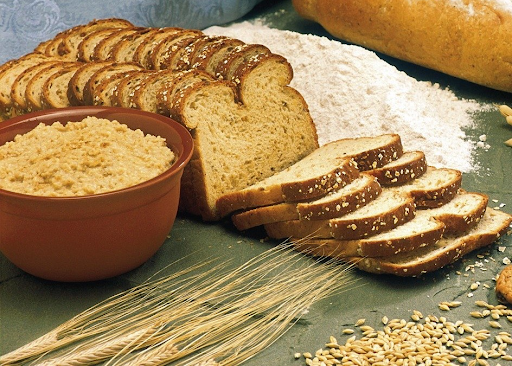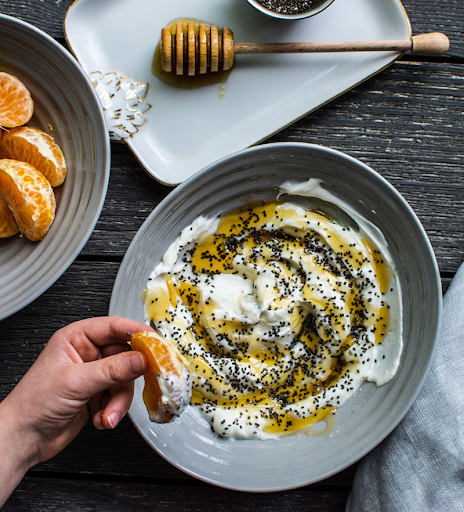Heart-Healthy Diet Plan
A heart-healthy diet focuses on nutrient-rich, balanced meals that promote cardiovascular well-being. Here's a simple plan:
Breakfast
Oatmeal: Prepare with low-fat milk, topped with fresh berries, flaxseeds, and a handful of nuts.
Green Tea or Water: A heart-friendly beverage to start the day.
Mid-Morning Snack
Fresh Fruit: An apple, orange, or banana.
Handful of Almonds or Walnuts: For healthy fats and antioxidants.
Lunch
Salad Bowl: Mixed greens, cherry tomatoes, cucumbers, carrots, avocado, and grilled chicken or chickpeas. Dress with olive oil and lemon.
Whole-Grain Bread or Brown Rice: Provides fiber for heart health.
Afternoon Snack
Greek Yogurt (low-fat): With a drizzle of honey or chia seeds.
Vegetable Sticks: Like carrots or celery, paired with hummus.
Dinner
Grilled Salmon or Mackerel: Rich in omega-3 fatty acids.
Steamed Vegetables: Broccoli, spinach, or asparagus.
Quinoa or Sweet Potato: Healthy carbohydrate options.
Dark Chocolate (70%+): A small piece for antioxidants.
Chamomile Tea: Helps relax and lowers blood pressure.
Tips:
Limit salt, sugar, and processed foods.
Stay hydrated and exercise regularly for optimal heart health.
Focus on Nutrient-Dense Foods
Fruits and Vegetables: Aim for 5–7 servings daily for fiber, vitamins, and antioxidants.
Whole Grains: Swap refined grains with whole options like oats, quinoa, brown rice, or whole-grain bread.
Include Healthy Fats
Prioritize unsaturated fats from sources like avocados, olive oil, nuts, and seeds.
Consume fatty fish (salmon, sardines, mackerel) twice a week for omega-3 fatty acids.
Limit Saturated and Trans Fats
Avoid fried foods, commercial baked goods, and processed snacks.
Opt for low-fat dairy and lean cuts of meat.
Reduce Sodium Intake
Limit salt to under 2,300 mg per day (about 1 teaspoon).
Use herbs, spices, and citrus for flavoring instead.
Stay Hydrated
Drink at least 8 glasses of water daily, and reduce sugary drinks.
Practice Portion Control
Avoid overeating by serving smaller portions and eating slowly.
Balance Your Plate
Fill half your plate with vegetables, a quarter with lean protein, and a quarter with whole grains.
Stay Consistent
Stick to regular mealtimes and avoid skipping meals to prevent overeating later.
Lifestyle Integration
Combine your diet with 30 minutes of daily exercise, stress management, and sufficient sleep for optimal heart health.

















